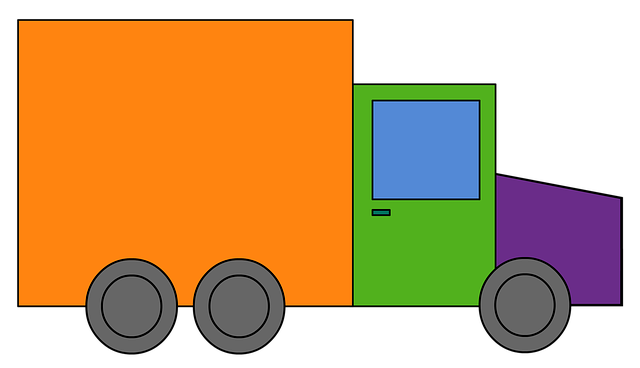Looking to register your car in California? This comprehensive guide walks you through the entire process, from understanding key requirements to receiving your registration papers. First, familiarize yourself with California’s specific rules. Next, gather essential documents including proof of ownership and insurance. Then, visit your local DMV for a vehicle inspection and VIN verification. Complete the registration application, and soon you’ll have a valid California car registration.
- Understand California Car Registration Requirements
- Gather Necessary Documents for Registration
- Visit Your Local DMV for Vehicle Inspection
- Complete the Registration Application Process
- Finalize and Receive Your Registration Papers
Understand California Car Registration Requirements

Before registering your car in California, it’s crucial to understand the state’s specific requirements. The California Department of Motor Vehicles (DMV) mandates several key steps for new and used vehicle registration, including a thorough vin inspection. This process involves verifying the Vehicle Identification Number (VIN) to ensure the vehicle’s authenticity and history. As part of this verification, the DMV will check for any outstanding issues, such as theft or outstanding loans, which could prevent registration.
A mobile vin verifier can streamline this step by providing on-site vin inspection services, making the registration process more convenient. This is especially beneficial for those with busy schedules or those who prefer a faster alternative to traditional DMV visits. By ensuring your vehicle passes the VIN verification, you’ll be one step closer to legally registering your car in California and enjoying a smooth driving experience.
Gather Necessary Documents for Registration

Before heading to the DMV for car registration, ensure you have all the required documents. These typically include your vehicle’s registration certificate or proof of ownership, a valid driver’s license, and insurance paperwork. Additionally, the DMV requires a completed Vehicle Registration Application form, which can be obtained online or in person. One crucial step is to undergo a DMV vin verification, which involves checking the car’s unique identifier (VIN) to ensure it matches the vehicle’s specifications.
For a smoother process, consider using a mobile vin verifier or scheduling a mobile vin inspection. These services allow you to verify your VIN at your convenience, saving time and effort. By having all these documents ready, you’ll be well on your way to completing your car registration in California efficiently.
Visit Your Local DMV for Vehicle Inspection

Before you can register your car in California, you’ll need to ensure it meets all safety and emission standards. One crucial step in this process is visiting your local DMV for a vehicle inspection. During this inspection, a trained professional will thoroughly examine various components of your car, including lights, brakes, tires, and emissions systems, to confirm they comply with state regulations. This meticulous evaluation, often facilitated by VIN (Vehicle Identification Number) verification, ensures that every vehicle on California’s roads adheres to the highest safety standards.
The process can be streamlined by taking advantage of mobile vin inspection services, which offer convenient alternatives to traditional DMV visits. Mobile vin verifiers provide fast and accurate checks, allowing you to address any issues before heading to the DMV. This proactive approach not only saves time but also contributes to a smoother registration experience.
Complete the Registration Application Process

To complete the registration application process for your car in California, you’ll need to gather essential documents and pass certain verifications. Start by obtaining a vehicle ownership certificate from the previous owner if it’s not already in your name. Next, schedule a mobile vin inspection or visit a DMV location for a VIN verification. This step is crucial as it ensures the vehicle’s identity and history are accurate.
During the VIN inspection, you’ll need to present documents like proof of insurance, current registration (if applicable), and identification. The official will then compare the vehicle’s information against data in their systems and perform a physical check to ensure everything matches. Once all requirements are met, you can submit your application, pay the registration fees, and receive your new California vehicle registration plates.
Finalize and Receive Your Registration Papers

After completing your vehicle’s necessary inspections, including a DMV vin verification, it’s time to finalize your registration process. Gather all required documents and ensure they are accurate and up-to-date. This typically includes proof of insurance, a valid driver’s license, and payment for registration fees. You can opt for a traditional in-person visit at a California DMV or take advantage of their online services for a more convenient experience.
Once your paperwork is in order, you will receive your registration papers. These documents confirm that your vehicle is legally registered in California. It’s crucial to keep these records safe and up-to-date, as they are essential for future reference, especially when it comes time for your next renewal or if you need to conduct a mobile vin inspection or verification.
Registering a car in California involves understanding key requirements, gathering essential documents, undergoing a vehicle inspection at your local DMV, completing an application process, and finalizing with your registration papers. This step-by-step guide ensures you navigate the process smoothly, including crucial steps like accurate VIN verification for peace of mind on California’s roads.
